
Return to Southwest USA Travel Page
Return to Southwest USA Travel Page

 |
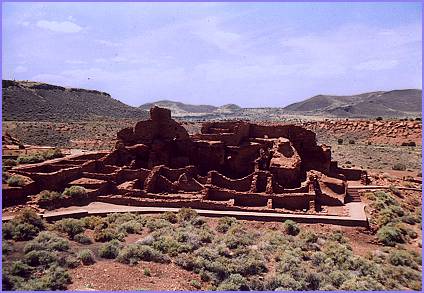 |
| On a vast, rolling, arid plain northeast of Flagstaff, Arizona, there lie some remarkably well-preserved Native American ruins, the Wupatki National Monument. |
 |
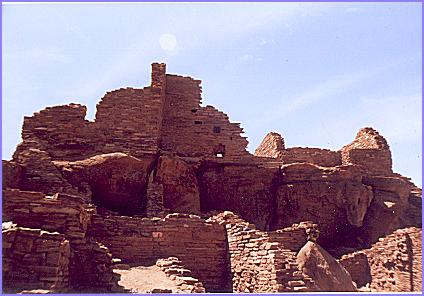 |
| Built with the darkly-colored red Moenkopi sandstone, these ruins have withstood the stresses of the climate and the elements for over 800 years. | |
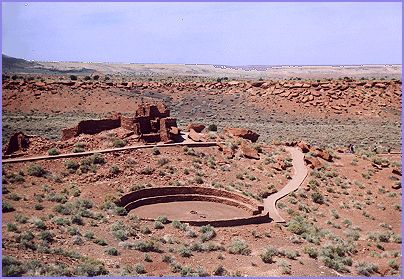 |
| Amenities at the dwellings include a round amphitheatre, presumably for sporting events. There is also a curious geological feature nearby called a "blowhole", a surface opening to a vast underground network of natural tunnels and chambers. Changes in atmospheric pressure can cause a strong, cool, moist wind to be expelled through the hole. The Native Americans believed it to be the home of their Wind God. |
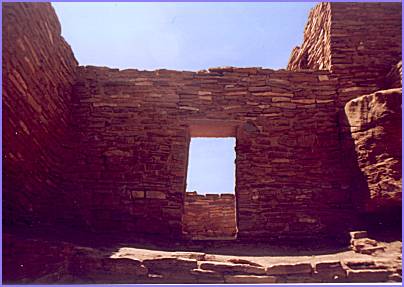 |
| One can only imagine the kind of life the inhabitants led here. For a while, at its height, it must have been a bustling, active area. We think the occupants left the area after a climate change turned the area dry and inhospitable, and after the nearby volcano erupted (see Sunset Crater below). |
 |
| About 10 miles away from Wupatki is Sunset Crater, an immense cinder cone created by a now-dormant volcano. The entire area around Flagstaff is highly volcanic, and cinder cones abound everywhere. |
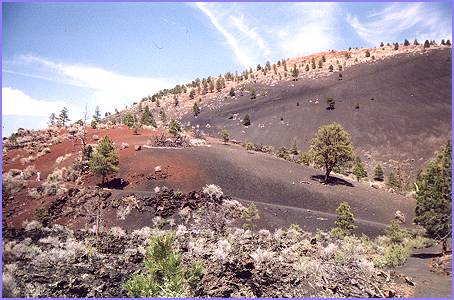 |
| The cone itself is composed of pumice cinders, which create an amazing, smooth multicolored landscape. Unfortunately the cone itself is closed to hiking. The landscape surrounding the cone is riddled with lava outcroppings and tunnels. |